Black Widow Spider vs Tarantula Hawk Introduction
The natural world is filled with incredible displays of survival, predator-prey relationships, and the constant struggle for dominance. Among the most captivating of these interactions is the one between the black widow spider, a venomous arachnid, and the tarantula hawk wasp, a formidable predator in its own right. This blog post dives deep into the ultimate showdown between these two creatures, exploring their characteristics, behaviors, and the factors that determine the outcome of their encounters. We’ll examine the biology of both the black widow and the tarantula hawk, delving into their physical attributes, habitats, and the strategies they employ in the wild. Prepare to be amazed by the intricate details of this epic battle of survival, where life and death hang in the balance with every move. We will look closely at each creature to understand their capabilities, the environments they thrive in, and the remarkable ways they interact with each other.
Understanding the Black Widow Spider (Latrodectus)
The black widow spider, belonging to the genus Latrodectus, is one of the most recognizable spiders in the world. Known for the distinctive red hourglass marking on the underside of its abdomen, this spider is feared for its potent venom. These spiders are found across North America, South America, Australia, and other regions around the globe. Black widows are nocturnal hunters and prefer to build their webs in sheltered locations such as woodpiles, sheds, and amongst dense vegetation. Female black widows are significantly larger than males and are responsible for the spider’s notoriety due to their bite. The black widow spider’s venom contains neurotoxins that can cause severe muscle cramps, nausea, and paralysis. It is this venom that makes the black widow a formidable opponent, even in its tiny size. Their hunting strategies are well-developed, using their strong webs to trap prey.
Black Widow Spider Physical Characteristics
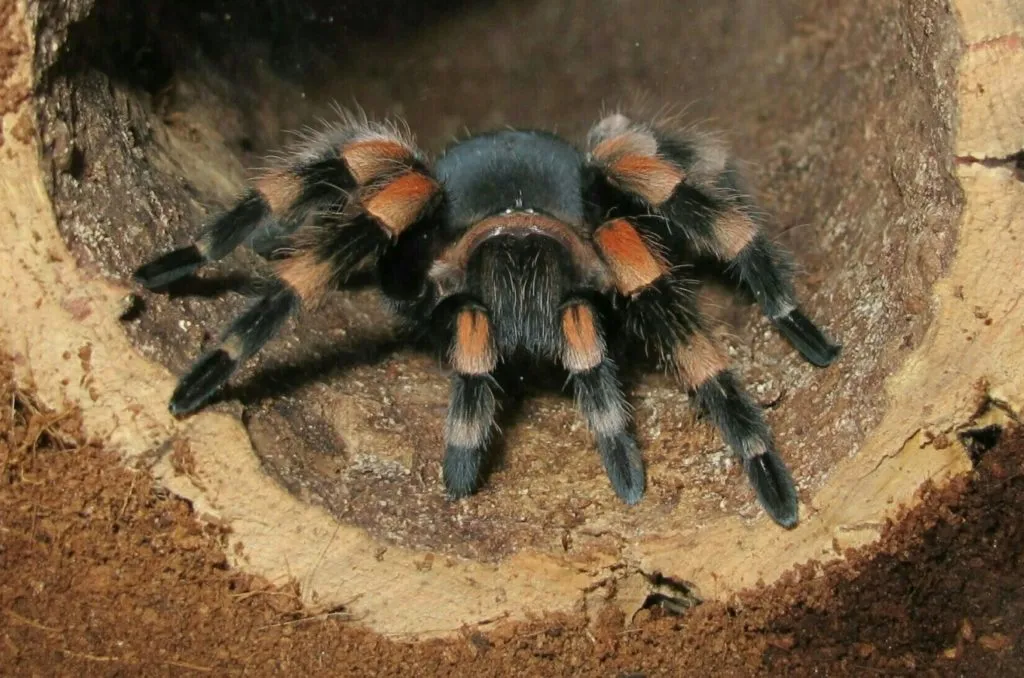
The black widow spider is easily identified by its glossy black body and the characteristic red hourglass marking on its abdomen, which serves as a warning to potential predators. The females are typically about 1/2 inch long, while males are much smaller and less venomous. Their bodies are divided into two main parts: the cephalothorax (fused head and chest) and the abdomen. The cephalothorax has eight eyes and powerful fangs used for injecting venom. Their legs are long and slender, allowing them to move quickly across their webs and capture prey. The silk produced by the black widow is incredibly strong, used to create intricate webs that ensnare unsuspecting insects. This silk is crucial for their survival, allowing them to effectively trap food and build protective shelters. The overall appearance of the black widow makes it a creature that is both feared and respected in its ecosystem.
Black Widow Spider Habitat and Distribution
Black widow spiders have adapted to various environments and can be found in a wide range of habitats across the world. These spiders are commonly found in North and South America, Australia, and other regions with warmer climates. They often prefer to build their webs in secluded, undisturbed locations, such as under rocks, in woodpiles, sheds, and garages. Their ability to thrive in these environments is due to their tolerance for diverse conditions and their adept hunting skills. The webs, irregular and messy-looking, are designed to trap unsuspecting insects. The presence of these spiders is an indicator of a healthy ecosystem, as they play a significant role in controlling insect populations. Proper identification of their preferred habitats can help in minimizing the risk of encountering them and understanding their role within the natural environment.
Black Widow Spider Venom and Danger
The venom of the black widow spider is a complex cocktail of neurotoxins that pose a significant threat to humans and other animals. The primary active component in the venom is alpha-latrotoxin, which affects the nervous system and causes muscle contractions. A bite from a black widow can cause symptoms such as severe muscle cramps, abdominal pain, nausea, sweating, and difficulty breathing. While bites are rarely fatal, they can be extremely painful and require medical attention. Children, the elderly, and individuals with underlying health conditions are at a higher risk of complications. The severity of the bite depends on several factors, including the amount of venom injected and the individual’s sensitivity. Awareness of the spider’s presence and the symptoms of a bite is crucial for seeking prompt medical care. Treatments often include antivenom and pain management.
Understanding the Tarantula Hawk Wasp (Pompilidae)
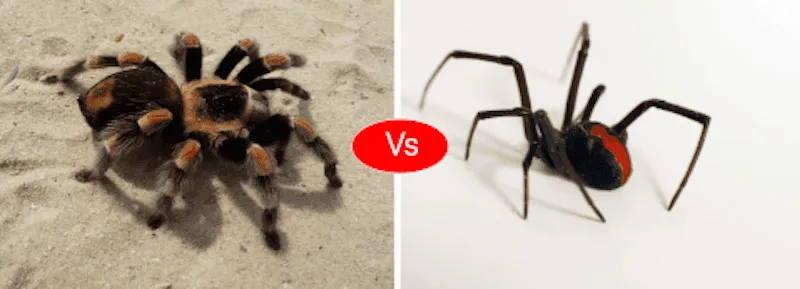
The tarantula hawk wasp is a large, striking insect belonging to the family Pompilidae, known for its parasitic behavior. These wasps are found in various regions of the world, including North and South America. Their primary diet consists of tarantulas, which they paralyze and use as a host for their larvae. These wasps are among the largest in their family and are easily recognized by their iridescent blue-black bodies and orange wings. They are solitary creatures and are known for their painful stings, which are considered among the most painful insect stings in the world. Their life cycle is fascinating, involving a complex interplay between the wasp and its tarantula prey. The tarantula hawk wasp’s role in the ecosystem is vital, keeping tarantula populations in check. Understanding their behavior and their hunting strategies provides insight into their survival.
Tarantula Hawk Wasp Physical Characteristics
The tarantula hawk wasp is a truly impressive insect, with a striking appearance that makes it easy to identify. They are large wasps, often measuring over two inches in length, and possess a powerful build. Their bodies are a vibrant, iridescent blue-black, and their wings are a distinctive orange or reddish-brown. The combination of these colors makes them highly visible and serves as a warning signal. They have strong legs and mandibles, which are essential for their hunting and nesting activities. The stinger of the tarantula hawk wasp is long and potent, used to paralyze their prey. Their overall morphology is perfectly adapted to their predatory lifestyle. The bright colors and large size are a clear indicator of their role as top predators in their environments.
Tarantula Hawk Wasp Behavior and Life Cycle
The behavior and life cycle of the tarantula hawk wasp are fascinating. The females hunt tarantulas, paralyzing them with a sting. Once paralyzed, the wasp drags the tarantula to a burrow, where it lays a single egg on the spider’s abdomen. When the egg hatches, the wasp larva feeds on the paralyzed tarantula. The larva consumes the spider from the inside out, eventually pupating within the tarantula’s body. The adult wasp emerges from the tarantula’s corpse, ready to start the cycle anew. Male tarantula hawk wasps primarily feed on nectar and do not have stingers, while the females are solely focused on hunting and reproduction. The complex interaction between the wasp and the tarantula is a testament to the intricacies of the natural world.
Tarantula Hawk Wasp Hunting Strategy
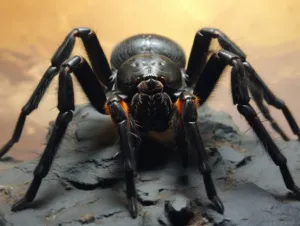
The hunting strategy of the tarantula hawk wasp is a marvel of nature. The female wasps actively search for tarantulas, often using their keen eyesight to locate them. Once a tarantula is found, the wasp engages in a carefully planned attack. The wasp will sting the tarantula, targeting its nerve ganglia to paralyze it. This ensures the tarantula remains alive but immobile while the wasp lays its egg. The wasp then drags the paralyzed tarantula to a pre-prepared burrow or nest. This process can be a considerable feat, as the wasp must often carry the much larger spider over rough terrain. The precision and dedication involved in this hunting strategy are remarkable, highlighting the wasp’s efficiency as a predator.
The Showdown Black Widow vs Tarantula Hawk
The confrontation between a black widow spider and a tarantula hawk wasp is a rare but dramatic event. While the tarantula hawk is known for preying on tarantulas, it will occasionally engage with other large spiders, including the black widow. The encounter begins with the wasp actively seeking out the spider, attracted by the potential for a new host for its larvae. The wasp will approach the spider, attempting to sting it and paralyze it. The black widow, in contrast, relies on its venom and web-building skills for defense and hunting, making it a more dangerous opponent than one might think. The outcome of such a fight depends on various factors, including the size and agility of the participants, and the location of the encounter.
The Hunt Begins
The hunt begins with the tarantula hawk wasp actively searching for a black widow spider. This wasp is a skilled hunter with a keen sense for detecting potential hosts. They will patrol areas where black widows are known to reside, such as under rocks, in woodpiles, and in sheltered corners. Once a black widow spider is spotted, the wasp approaches cautiously, assessing the situation. The wasp needs to find an opportune moment to strike, avoiding the spider’s venomous bite. This initial phase sets the stage for the intense battle that follows, requiring strategic positioning and timing from the wasp to ensure success. The hunt is a test of skill, speed, and strategy for the tarantula hawk wasp.
The Battle
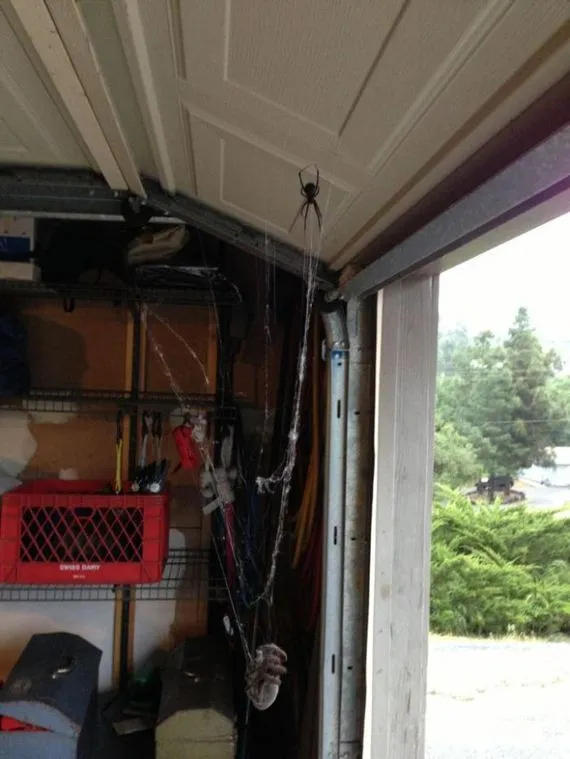
The battle between the tarantula hawk wasp and the black widow spider is a dramatic display of nature’s survival strategies. The wasp attempts to sting the spider, aiming to paralyze it. The black widow defends itself with its venomous bite, but the wasp’s exoskeleton provides protection. The wasp must carefully maneuver to deliver a sting, usually targeting a vulnerable area of the spider’s body. The black widow, if it can, will try to bite the wasp, injecting its venom. This is a clash of venom versus sting. The battle is often fast-paced and intense. The outcome is not always certain, but the wasp’s survival and the ability to reproduce depend on winning this battle. The wasp’s ability to overcome the spider’s defenses is key.
Survival Strategies
Survival strategies differ greatly between the black widow and the tarantula hawk. The black widow spider relies on its potent venom and its web to capture prey. The spider will attempt to bite and inject its venom to paralyze the wasp, but the wasp’s thick exoskeleton offers protection. The tarantula hawk wasp focuses on its powerful sting and agility. It will attempt to sting the black widow in a vital spot to paralyze it. The wasp is also highly agile, allowing it to evade the spider’s attacks. Both creatures have evolved with these strategies to increase their chances of survival in their respective environments. The ability to adapt and react quickly to changing situations is key to survival in these intense interactions. Each species’ success depends on the effective deployment of these honed survival tactics.
Factors Determining the Outcome
Several factors determine the outcome of the showdown between a black widow spider and a tarantula hawk wasp. The size and strength of both the spider and the wasp play a crucial role. The wasp’s agility and the accuracy of its sting are essential. The spider’s venom potency and the speed with which it can inject the venom are also important. The location of the encounter and the environment’s ability to provide cover also have an impact. If the encounter takes place in an area where the wasp can maneuver easily, it has a better chance of delivering a successful sting. Conversely, if the spider can bite the wasp quickly, it could have a chance to inject its venom. The ultimate victor depends on a combination of these factors.
Ecological Impact
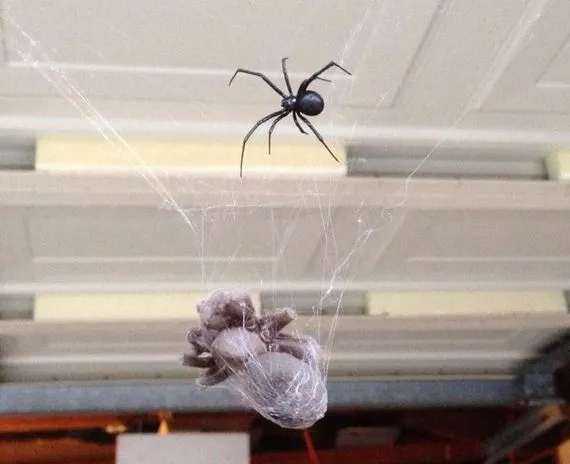
The interaction between the black widow spider and the tarantula hawk wasp has significant ecological implications. The tarantula hawk wasp helps regulate spider populations, keeping them in check. By preying on spiders, the wasp prevents overpopulation. Black widows, like other spiders, also play an essential role in controlling insect populations, providing food for other animals. This highlights the importance of predator-prey relationships in maintaining a balanced ecosystem. The presence of both the black widow and the tarantula hawk contributes to the biodiversity of their habitats. Studying these interactions is important for understanding and protecting the environment.
Black Widow vs Tarantula Hawk Conclusion
The battle between the black widow spider and the tarantula hawk wasp is a compelling example of the continuous struggle for survival in the natural world. Both creatures are incredibly well-adapted to their environments. The tarantula hawk, with its specialized hunting skills, faces off against the venomous defenses of the black widow. Their interactions highlight the intricacies of predator-prey dynamics and the importance of biodiversity. The outcome of their confrontations depends on many factors, making these encounters a fascinating area of study. Observing and understanding these interactions provides us with greater insight into the complex workings of ecosystems and the remarkable resilience of life on Earth.
